Fads and Cranks Wanted: the Women and Men of the Aseptic Department

In July of 1897, Fred Kilmer noted that “A leading drug journal recently treated editorially the whole practice of aseptic and antiseptic wound treatment as " ‘a fad, practiced by cranks.’ ” “We may excuse the editor’s ignorance,” Kilmer wrote, and went on to explain:
“The simple and seemingly endless details that make up an aseptic technique seem fussy to those who stand without, but go into any hospital clinic or operating room, witness one operation, compare the records of that institution last year with a similar record 20 years ago, and as you see how different is the whole aspect to-day, how life has been truly snatched from death…” [RED CROSS® Notes, No. 3, July 1897, p. 2]
Kilmer titled his short explanation "Fads and Cranks Wanted.”
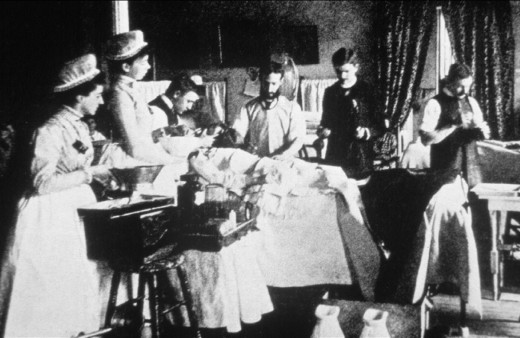
Let’s go back to July of 1897. William McKinley is President of the United States. People are talking about the Klondike Gold Rush -- which began just this month, and a new novel called Dracula by an Irish theater manager named Bram Stoker is starting to get good reviews. The practice of antiseptic surgery is becoming much more widespread, but there remains a great deal of skepticism in some circles. It’s been only 11 years since Johnson & Johnson opened its doors to make the first mass produced sterile surgical dressings and sterile sutures…and just three decades since Sir Joseph Lister performed the first sterile surgery.
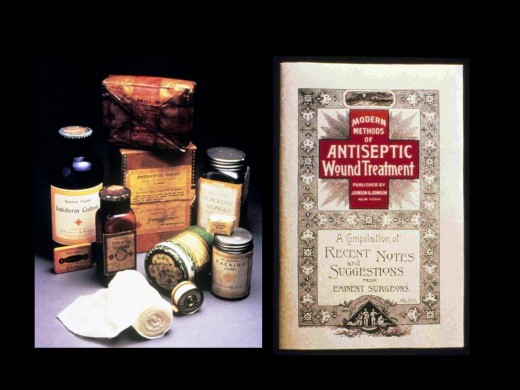
Johnson & Johnson continued to move the science and technology of sterile dressings and sutures forward, and was making more and more resources available for antiseptic surgery with each passing year. It was therefore especially irritating to Fred Kilmer -- a former retail pharmacist and an enthusiastic proponent of antiseptic surgery -- to read in a leading pharmaceutical journal that antiseptic surgery was a fad.
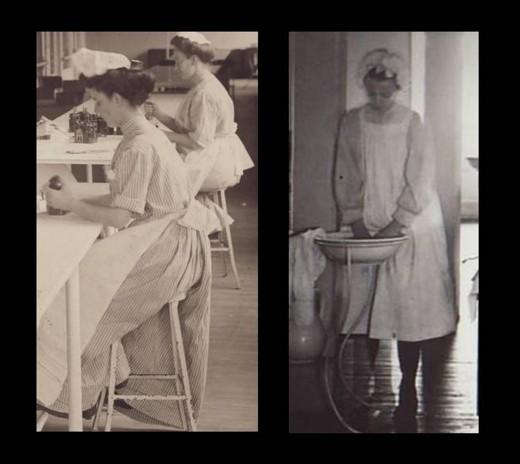
Kilmer and the women and men of the Johnson & Johnson Aseptic Laboratories (as it was called in 1897) knew that sterile surgery – and mass produced sterile dressings and sutures – saved lives, so any criticism would have served to reinforce their determination to continue to help make surgery sterile...and no doubt they would have welcomed the “fad and crank” label with pride. We’re fortunate to have an eyewitness description of our Aseptic Department employees, so let’s see what they were like:
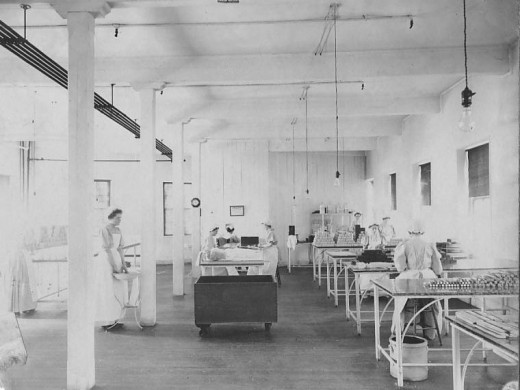
“Many of them have been with us since our beginning ten years ago. They are fully conversant with the changes and progress that has been made in the surgical art during this period. They are fully alive to the needs of the surgeon and the proper way to prepare material to meet this need. They have been schooled and drilled, day after day, in antisepsis and asepsis. They know the need and value of surgical cleanliness, and the practice of aseptic technique makes up their daily life…They know why things are done as well as how to do them. Those to whom area assigned the immediate handling and packing of aseptic material are selected from those who have shown proficiency in other departments of the laboratory, and in addition have been passed through a special course of training adapted to this branch of the work…The scheme amounts to a college course in Asepsis with the use of text-books, reference books and daily training, the whole occupying several months.” [RED CROSS® NOTES, “Knights of the Red Cross,” by Fred Kilmer, Johnson & Johnson Laboratories, No. 2, June, 1897, New Brunswick, N.J., pp. 2-3]
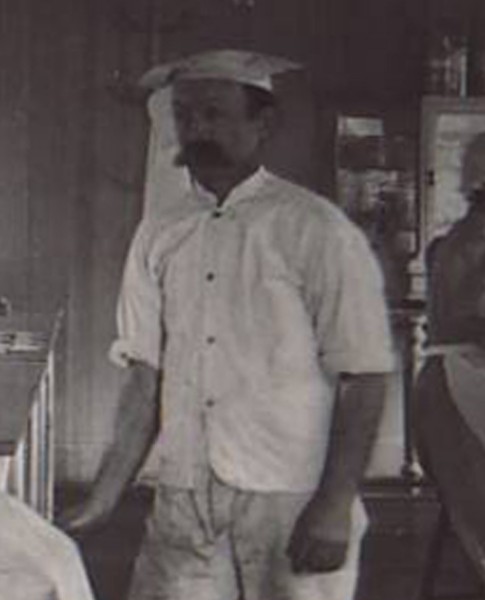
The Aseptic Room employees were under supervision of graduate surgical nurses who oversaw every detail, an early example of the close ties between Johnson & Johnson and the nursing profession. These nurses signed off on every sterile surgical product package – literally. Here’s one of the labels, signed by one of our graduate nurses.

As noted in an earlier post, the men and women of the Aseptic Department wore sterile uniforms at work (something else that was pioneered by Johnson & Johnson), scrubbed in like surgeons, and were not permitted to wear accessories of any kind in the Aseptic rooms. (Flowers -- a popular women’s accessory at the time -- were specifically prohibited, along with rings, any other kind of jewelry and pocket handkerchiefs – all of which could harbor germs.)
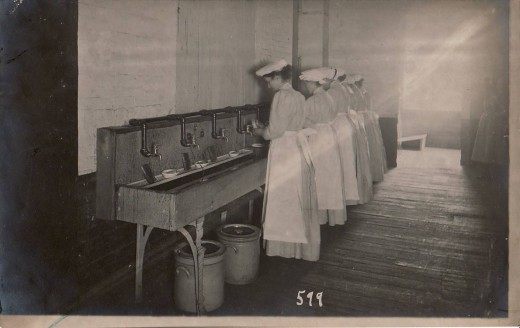
Among the many other “Don’ts” from Company’s Aseptic Laboratories book of rules were “Don’t fail to have everything surgically clean before you use it,” Don’t touch anything that has not been made sterile without rewashing the hands,” “Don’t be afraid to wash your hands often; they will not wash away,” and “Don’t be afraid to be particular about everything you do or touch.” In addition, our Aseptic Laboratory employees had daily training, with reading and at least one exam, and they went on field trips to hospitals so they could become familiar with the requirements of surgeons. Here’s a list of their required reading and reference books:
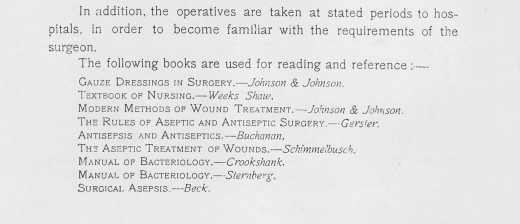
Fred Kilmer described our Aseptic Laboratory employees as faithful, enthusiastic, conscientious and thorough. If Kilmer relayed the opinion of that 1897 medical journal editorial writer to them, they would no doubt have been pleased to be numbered among the “fads and cranks,” since the sterile surgical dressings and sterile sutures that they made were saving lives and helping further the adoption of sterile surgery. Today, just a short 115 years later, the idea of surgery not being sterile is unthinkable. And although our Aseptic Laboratory employees weren’t individually famous in their day, collectively they played a role in the birth of modern surgery, and we owe them a huge debt of gratitude.

We should have retro-looking t-shirts made.
Fads and Cranks Wanted
Proud Employee of Johnson & Johnson
Leave a comment at Kilmer House and win a t-shirt!